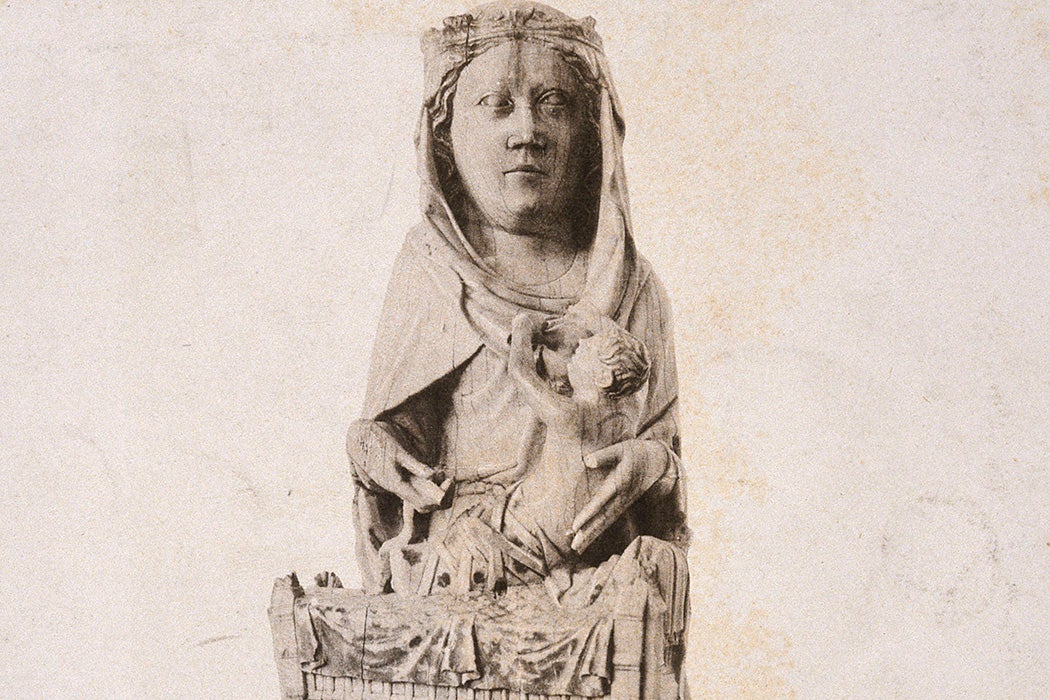The shortage of infant formula this spring stirred up many conversations about the costs and methods of feeding infants. As historians María del Carmen García Herrero and Cristina Pérez Galán remind us, discussions of this type of maternal labor aren’t without precedent. In the Kingdom of Aragon (now part of northeastern Spain) in the fifteenth century, for instance, people recognized the time and energy involved in breastfeeding by paying mothers to nurse and raise their own children.
Pérez Galán and García Herrero write that the idea of paying for breastfeeding wasn’t unusual in late medieval and early modern Europe. Wet nursing for an affluent family was one of the best-paid professions for women.
Meanwhile, all three major religions of Aragon—Christianity, Judaism, and Islam—treated nursing one’s own babies as serious work. Under Jewish law, each woman could decide whether to breastfeed. If she chose not to, her husband was responsible for hiring a wet nurse. And medieval Islamic law viewed nursing and raising young children as a job for which a divorced or separated woman should be paid a salary.
In Aragon, a mother was most commonly compensated for feeding and raising her own children if she was a widow with limited resources. When a child’s father died, the extended family often worked out a way for the mother to be paid for this work.
Pérez Galán and García Herrero examine a number of contracts made between widowed mothers and members of their husbands’ families who became the legal guardians of the children. For example, in 1403, María de la Abadía was the tutor and guardian of her nephew. She divided the deceased father’s assets between the child and his mother, her sister-in-law Jaima Gavín. The two women signed an agreement providing a salary to Gavín to care for the six-month-old child until he reached eight years old.
The wills of many fathers who became ill during their wives’ pregnancies in this time period also included similar language, often making the wife the universal heir to his possessions, contingent on nursing and caring for the child for a particular time period.
Weekly Newsletter
In addition to widows, Pérez Galán and García Herrero write, another category of women who might be paid to nurse and care for a child consisted of single women in long-term, socially acceptable concubine relationships. For example, Mencía de la Enestosa was in a relationship with a tailor when she gave birth to a girl in 1418. The relationship ended when the baby was six months old, and the mother signed a deal with the father agreeing to nurse for another year—and not to breastfeed another baby during that time—in exchange for some furniture and the cheese and bread deemed ideal foods for lactation.
Evidently the salaries for breastfeeding mothers weren’t necessarily lavish. But, Pérez Galán and García Herrero note, the fact that they existed at all reflects “the economic and social value of nursing mothers within the Kingdom of Aragon.”
Support JSTOR Daily! Join our new membership program on Patreon today.







